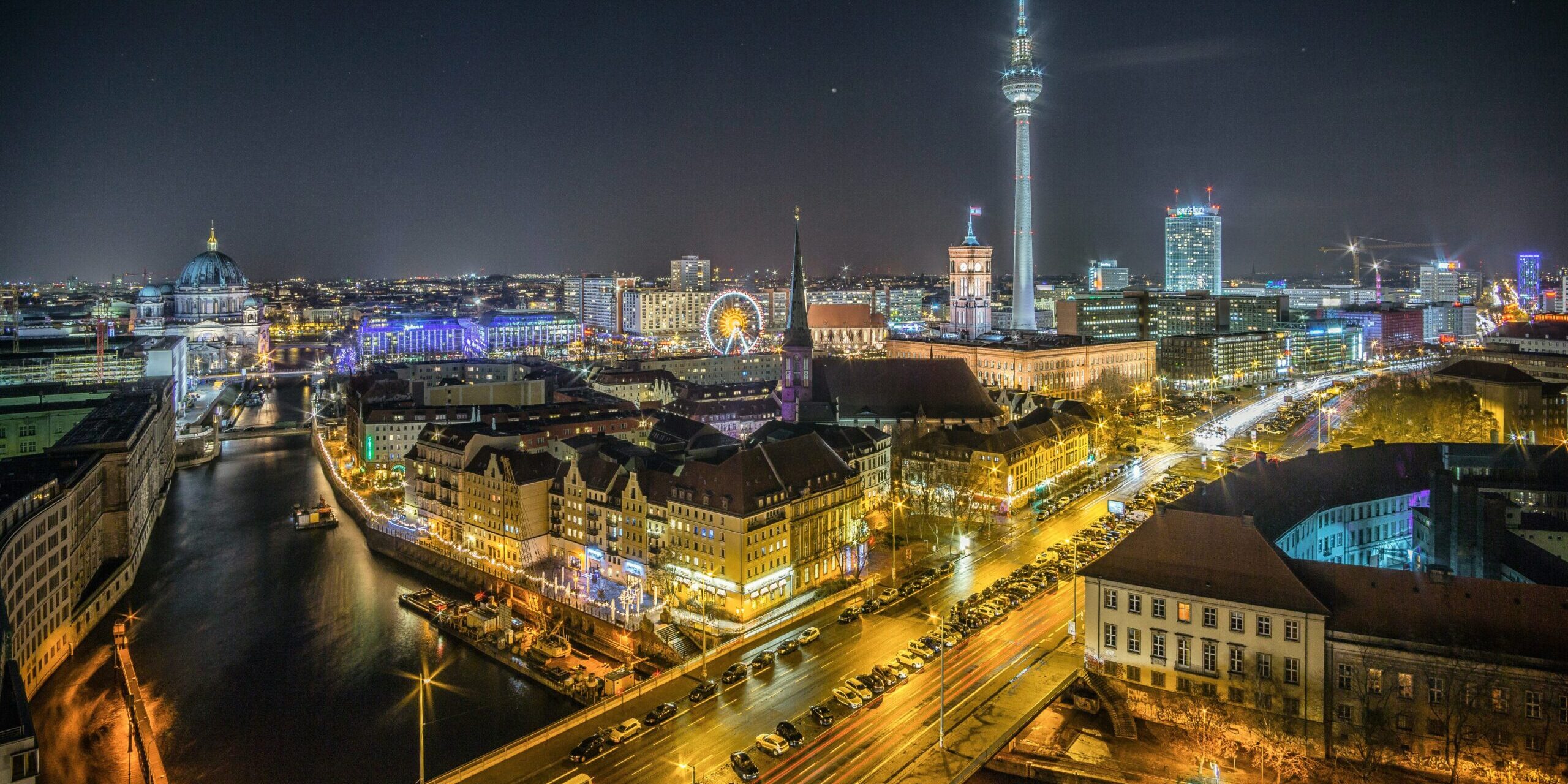In Bitterfeld-Wolfen, once associated with environmental issues due to heavy industry and mining, Germany is establishing its first large-scale lithium refinery. This facility is expected to play a crucial role in Europe’s plan to mine and refine its raw materials, aiming to reduce reliance on foreign imports, particularly from China. The plant is situated close to battery manufacturers, reducing supply risks for Europe, which has faced supply chain challenges amid rising geopolitical tensions. The European Union has been looking to increase domestic extraction and processing of “critical” materials, including lithium.
AMG’s CEO Stefan Scherer noted that the demand for batteries was predictable, and the company strategically established the plant in Bitterfeld-Wolfen due to its proximity to clients. The initial module of AMG’s plant can produce 20,000 tons of lithium hydroxide annually, which can serve approximately half a million car batteries, depending on size. Additional units could be added over time to increase production fivefold, potentially covering up to 20 percent of European demand.
Germany’s push for local lithium production enhances resilience for industries, such as automakers, in case of international supply chain disruptions. The proximity to domestic lithium sources allows for quicker raw material exchanges, increasing efficiency compared to shipping containers back to Asia. While some projects are underway to filter lithium from subterranean waters and mine lithium ores locally, sourcing significant quantities of lithium within Europe remains a challenge. However, these efforts align with the EU’s goal to secure 40 percent of its processing for critical materials domestically by 2030, even if reaching that target may pose logistical and lead-time challenges.
Projects like Zinnwald, near the Czech border and supported by AMG, are considered essential in anchoring green industries in the EU. These initiatives contribute to building a sustainable supply chain, which includes extraction and processing capacities. Although achieving the EU’s 2030 target may be challenging, they represent important steps toward reducing reliance on foreign sources and securing critical materials for Europe’s green transition.







